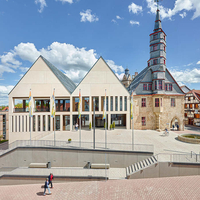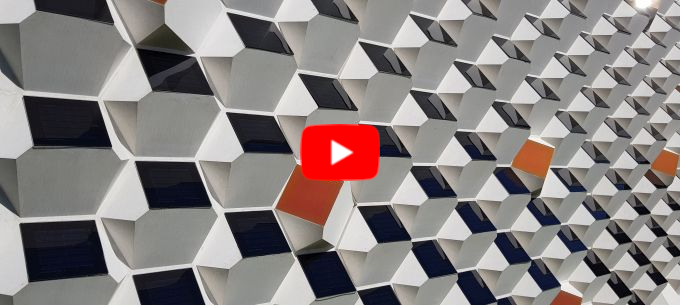Resource-saving concrete
Recycled concrete, which is also known as resource-saving concrete, represents a development in the construction industry where the focus is shifting towards sustainability and resource efficiency. It uses recycled materials to create environmentally friendly structures without making any compromises where stability is concerned.
Recycled concrete is a conventional concrete that’s made with previously used aggregate that has been recovered from recycled demolition waste. Careful crushing and preparation turns this concrete into a valuable component for new mixes. It’s then possible to combine these newly obtained materials with fresh cement and, if necessary, additives to produce concrete with the required properties.
Advantages of resource-saving concrete
The advantages of resource-saving concrete / recycled concrete are manifold. First, it significantly reduces the amount of demolition materials that are put into landfill and so contributes to the reduction of waste. Second, the use of recycled material reduces the demand for such natural resources as gravel and sand, which has a positive impact on the environmental balance. Third, recycled concrete helps cut CO2 emissions because less energy is used to produce it than is used to make conventional concrete.
Recycled concrete constitutes a move in the right direction at a time when the construction industry is stepping up its search for more environmentally friendly solutions. It stands for the pursuit of innovative solutions that can help meet today’s needs without depleting the resources that are available to future generations.











![[Translate to English:] Video auf YouTube ansehen](/fileadmin/images/content/PXL_20240117_090551273.RAW-01.COVER_680x300.jpg)



